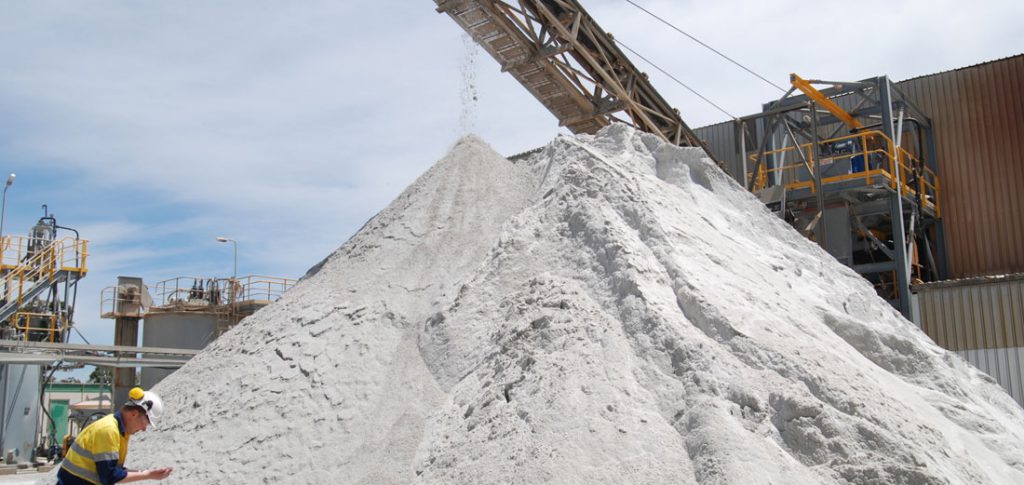Lithium prices continue to soar – up 88% in 2021

Benchmark says in its new report some transactions were concluded as high as $13,400 on signs of a market shortage with producers running out of inventory. The last time domestic Chinese lithium carbonate sold for more than $13,000 was August 2018.
Lithium hydroxide prices in China have also rallied this year, up more than 20%, although a relatively deep discount to carbonate continues to exist.
LFP’s overall share of the global battery market in terms of capacity stood at 18.5% in January
Hydroxide prices came close to $25,000 a tonne and carbonate peaked at $23,000 at the start of 2018, but entered a steady decline that only bottomed at the end of last year.
China controls 60% of the world’s lithium processing and refining capacity and a similar percentage of cathode manufacture.
LFP on the up
Last month Benchmark lithium analyst George Miller said “demand for durable, improved, and low cost LFP cathode material has become rejuvenated in China – a very similar story to what we saw in lithium’s last price run of 2016 but with a much improved product for the 2020s.”
A year ago, Tesla surprised the electric car industry when it announced some Model 3s made in its Shanghai factory will be equipped with lithium iron phosphate (LFP) batteries made by China’s Contemporary Amperex Technology (CATL).
But the cobalt and nickel free vehicle has been a runaway success. In December, only its second full month of sales, the 55KWh LFP-battery Tesla Model 3 captured 5.9% of the global full electric car market in terms of battery capacity deployed despite not being for sale in the US, according to data supplied by Adamas Intelligence.
Boosted by deliveries to Europe, it made up 46% of all Model 3 sales in January and an astonishing 32% (December it was 47%) of the battery capacity in all LFP-equipped cars worldwide.
That lifted LFP’s overall share of the global battery market in terms of capacity to 18.5% in January, according to Adamas, which tracks demand for EV batteries by chemistry, cell supplier and capacity in over 90 countries.
That’s from only around 1% at the beginning of last year and 3% in June.




